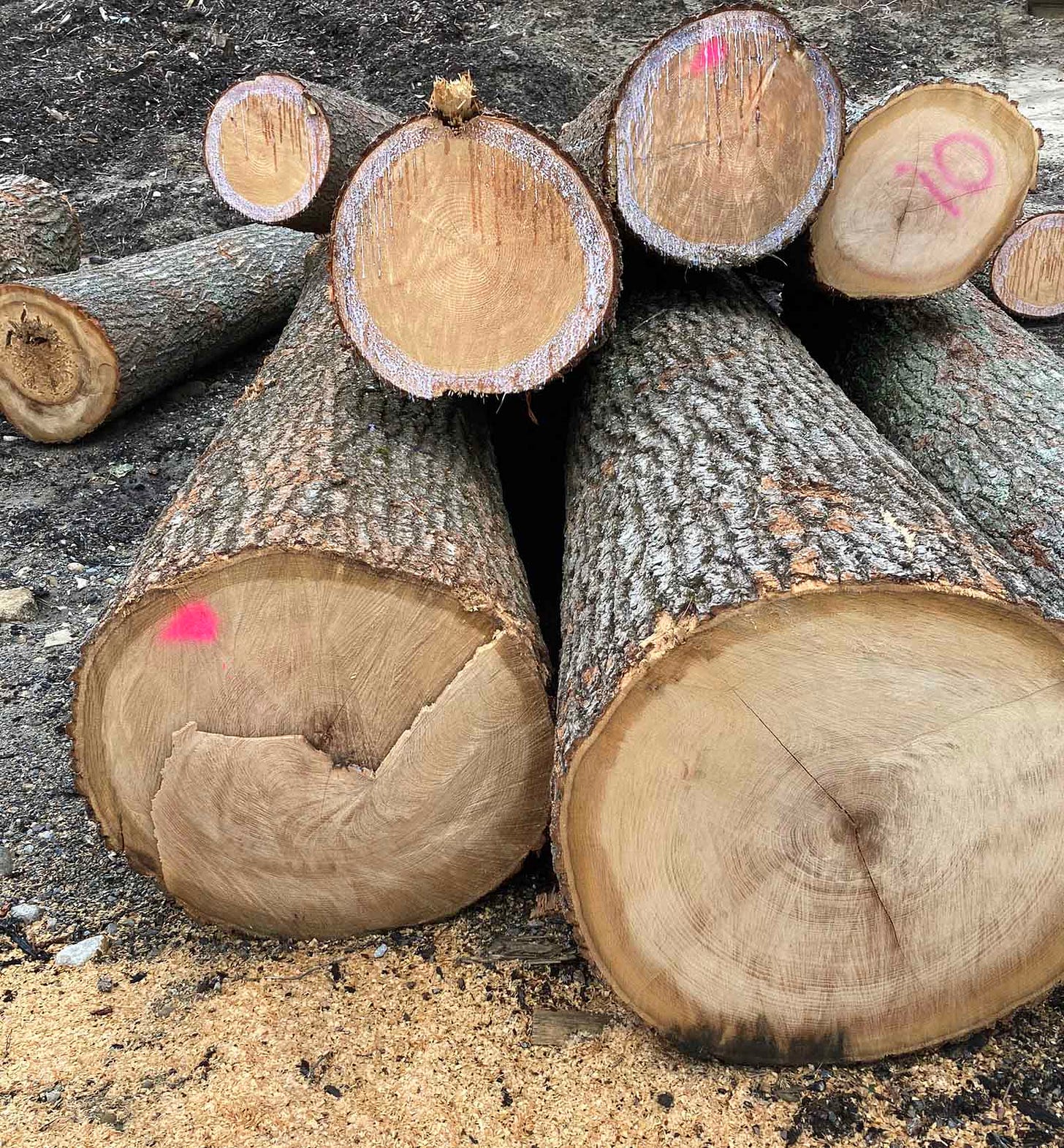A question came up in the comments this week that spurred this post about early New England records pertaining to woodworkers. I don’t recall ever seeing any that discuss furniture work specifically - other than things like the case where Thomas Dennis, the joiner in Ipswich, took more trees for his trade than he was actually granted by the town. The Essex County Court Records have this to say about it:
(Ipswich, Apr 1671) Josias Lyndon deposed that Thomas Denis went in to the woods and chose eighteen trees, and commanded deponent who was his servant, to fell them, which he did in October last. Then he and Denis wrought them out into bolts. This was in Ipswich woods on the south side of the river beyond Goodman Fellowes. Sworn, Apr 6, 1670, before Samuel Symonds.
Thomas Hart, Sr. and Walter Roper deposed that they were present when the selectmen sent for Denis for felling twelve trees more than he was allowed. Josiah Lindell’s testimony was read before Dennis but he denied it. Later it was decided that Walter Roper, Edw Chapman with Tho Hart and Nathll Treadwell should go into the woods, and they found the trees felled, but Dennis still denied that he cut them all, although Lindell so affirmed to his face. Sworn in court.
Walter Roper deposed that being informed that Thomas Dennis had felled eighteen trees on the commons and searching the records, found that he had a grant for six and no more, etc. Sworn in court.
[v. 4:349]
The court refers to Josias Lyndon as Dennis’ “servant” - usually when the “master” has a trade, then the servant is his apprentice rather than a domestic or agricultural servant. The piece I wonder about is why so many trees at once? If they’re big enough for Thomas Dennis to use for joinery, then one is enough for a good long while. I just picked out a new oak log that will yield stuff suitable for chest/cupboard panels - and it’s a big log. There’s no way on earth I could handle more than 2 of these logs at once...let alone 6 to 18 of them. I imagine some of the trees Lyndon felled for Thomas Dennis were smaller trees for fencing, firewood or other uses beyond furniture work.
The building trades get more detailed records for many reasons. One is to ensure that carpenters and others creating building materials are working to standards that will hold up. New Haven Colony (separate from Connecticut Colony in the early part of the 17th century) has great details about all sorts of things - wages, hours of work, sizes of various parts and prices they can command. I copied all of these from Charles J. Hoadly, editor, Records of the Colony and Plantation of New Haven, from 1638 to 1649 (Hartford: Case, Tiffany and Company, 1857). My notes say I did this work in 1999.
The first one about pitsawing:
[1640] Sawing by the hundred not above 4s6d for boards. 5s for plancks. 5s6d for slittworke and to be payd for no more than they cutt full and true measure. If by the dayes worke, the top man or he that guides the worke and phaps findes the tooles, not above 2s6d a day in somr, and the pitt ma, and he whose skill and charge is lesse, not above 2s, and a proportionable in winter as before. If they be equall in skill and charge, then to agree or divide the 4s6d between them.
Keep reading with a 7-day free trial
Subscribe to Follansbee's Substack to keep reading this post and get 7 days of free access to the full post archives.




